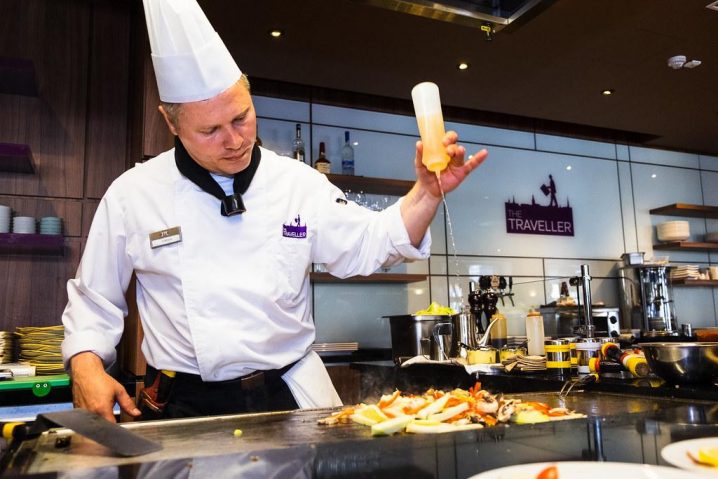It’s a wonderful time for foodies in North America — people have never had so many options for places to eat at and different style of food to try, from new restaurants popping up everywhere, to mobile food trucks pumping out street eats and more. But if you’re running a restaurant, this means the competition you’re facing is stiff.
There are different ways to draw customers to your restaurant, but nothing replaces offering up delicious food. Cooking is about more than just following a recipe; chefs are artists who practice their craft for years. But not everything you do to help your kitchen run smoothly is culinary in nature. Here are three tips you can use to help keep your restaurant’s kitchen organized and productive.

Employee Scheduling Software
Restaurants that have efficient structures in place that prevent employees from wasting time on secondary tasks can focus on what they do best — cook. You could be saving time with cloud-based shift scheduling software that keeps your chefs in the kitchen and your waiters tableside with customers.
Employee scheduling software reduces the time it takes to create schedules your team will love by as much as 80%. This saves your staff time and simplifies what would otherwise be a frustrating task, and can reduce labor costs by 1-3% too. This software produces evenly distributed shifts that will keep your staff fresh, and help you comply with labor laws too. It’s powerful software that produces actionable intelligence for your managers, and performs so many other functions that it’s become the backbone of operations in restaurants across North America. Everyone will love it, including the cooks.
Organize Food by Freshness
It goes without saying, never serve food that isn’t fresh to your restaurant patrons. But you also don’t need to throw away food that is still days from its best-before date. Food spoilage is a considerable cost that can be mitigated. If you’re organized properly, you’ll always use the food before it needs to be thrown away.
Keep the freshest food in the back of the fridge and the older food in the front, so that it gets used first. Write down when you obtained the food and when it needs to be used by. Every restaurant’s kitchen goes through a lot of food in a day, and staying organized helps you get more from each ingredient.
You can also re-purpose older food in creative ways to get some life from it. For example, make croutons out of older bread. If you have strawberries that are beginning to turn, you can serve them in a summery cocktail rather than on their own.
Everyone’s taste buds are different, and there are unlimited ways to prepare, spice and cook food. What food to serve and how to make it changes from restaurant to restaurant, but if you keep these tips about what software to buy and how to keep things organized behind-the-scenes, it’ll make every restaurant’s kitchen a smoother operation.



